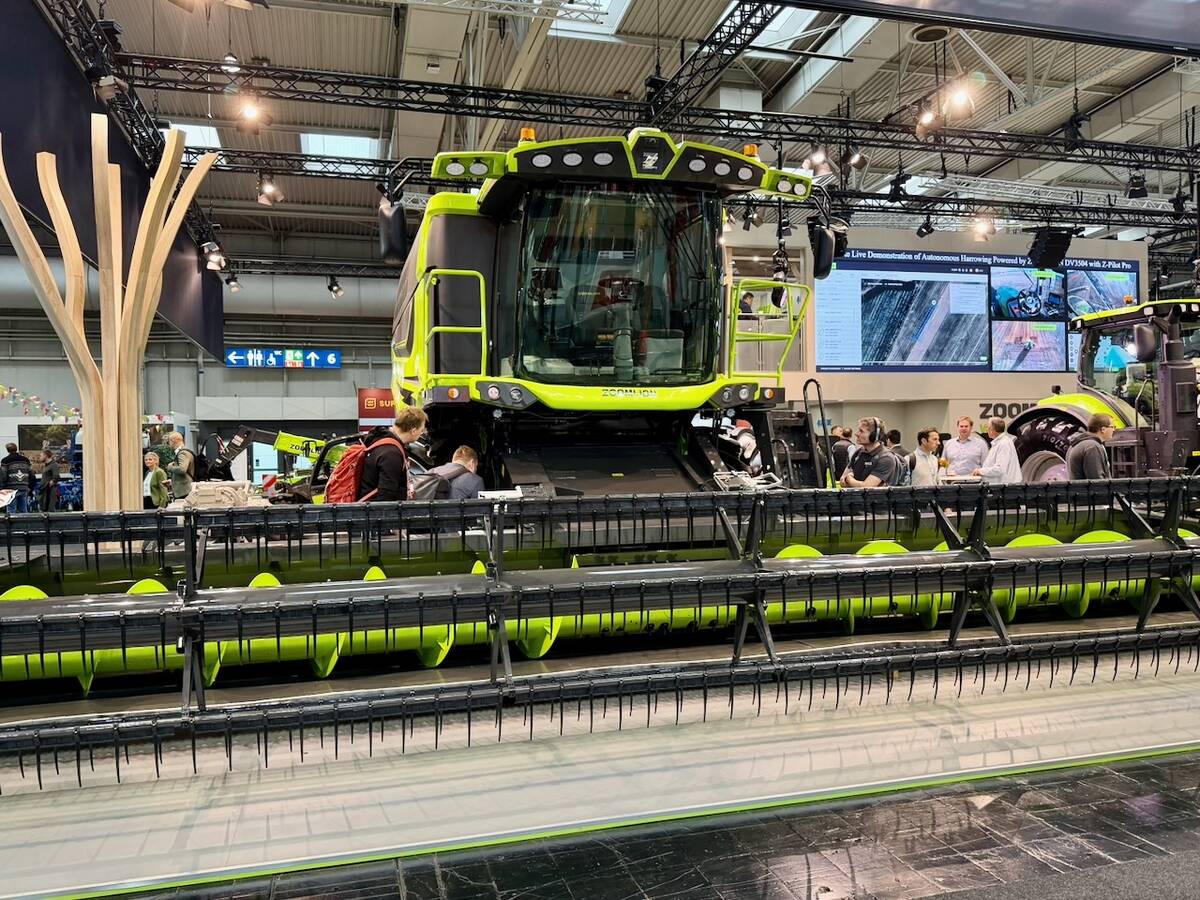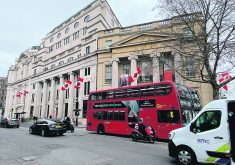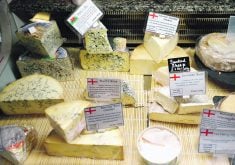Olga Payne didn’t make a special batch of cheese to enter in the Royal Agricultural Winter Fair.
The manager of Tiras Dairies simply pulled the cheese out of the cooler shelf and sent it to Toronto for the competition.
The Camrose cheese maker won first place in a hard cheese category with her saganaki, second place with her quark and fourth place with her feta cheese at the November event.
“It feels great,” said Payne, who is eyeing up more cheese competitions as a way to boost sales of her Greek-style cheese.
Read Also

Agritechnica Day 3: Hybrid drive for a combine, data standards keep up to tech change and tractors of the year
Agritechnica 2025 Day 3: Hybrid drive for a combine, data standards keep up to tech change and tractors of the year.
The cheese plant has made Greek-style cheese since it opened in 2001. It uses 15,000 litres of milk each week to make feta, saganaki and quark style cheese.
The plant usually makes one batch of saganaki cheese a week, but a customer recently made a “super big order” and the seven employees were making two batches a day to fill it.
Saganaki means “little frying pan” and is a type of cheese that is fried and used as an appetizer or as a replacement for parmesan.
Sixty-five percent of the milk is made into feta and the rest is made into saganaki and quark.















